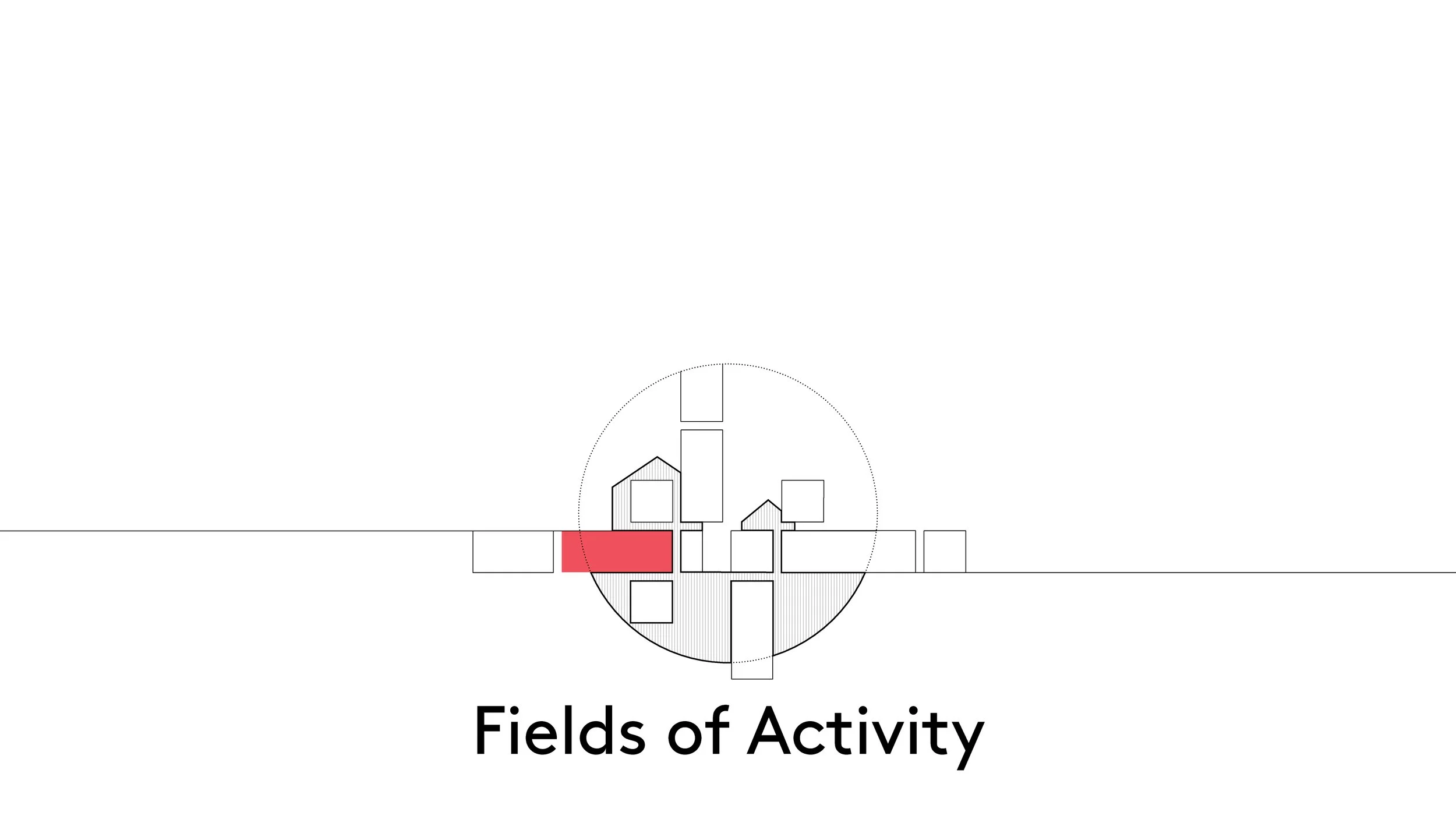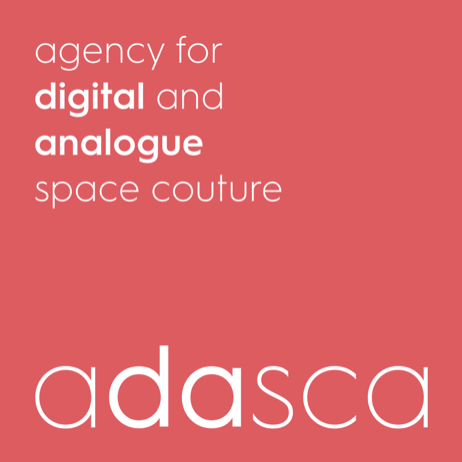
PLANNING | RESEARCH | NETWORKING | MONITORING | CO-DESIGN |
MODELLING
The design of the built environment affects us all. It determines our well-being and (mobility) behaviour. This design process must be accompanied by experts in order to tap the potential of multidimensional space.
We address regions, cities, public institutions, company locations, real estate, people, networks.
-

space | nature | climate
Mega trends like urbanization, globalization, gender shift, digitization, individualization, prioritizing health and security, increased mobility, New Work, neo-ecology, Silver Society or knowledge culture eventually materialize in the space around us. They form a new urban-regional context with its very own problems and qualities. Their spatial embedding is our main field of activity. We specifically focus on solutions for urban heat islands, the impact of heavy rainfalls in summer, the increasing of sealed surfaces, urban vacancies and the often neglected public space.
Our actions thus are in line with the Leipzig-Charta, demanding cities to produce sustainable spatial and urban development strategies and implement them on various scales for the city as a whole. These solutions can be found on a spectrum spanning from individual functions such as squares to (eco-) quarters and regions.
New European Bauhaus (NEB) is another relevant topic. Energy-efficient and climate-friendly technological solutions and their integration into sustainable planning and design of future settlements will accomplish acceptance, comfort and durability of space. -

research | education | co-design
International, transdisciplinary research projects and the process of connecting spatial and urban planning, architecture, and technological progress are essential to sustainably advance our living environment. adasca communicate this attitude through seminars, workshops, lectures, publications and interviews. This process of productive co-design is fertilized by the specific context, the understanding of collective needs and requests, the sharing of a vision and social and cultural openness for innovation.
Within the scope of the scientific and political consortia, we thus support the goals of the EU-Gree-Deal with our know-how, facilitating necessary urban transformations: innovation, transdisciplinary strategies, new planning regulations and measures that are reflected in Gestalt Sustainability, dialogues with interest representatives and international collaboration. -

design | innovation | modelling
For adasca, design and technological advance go hand in hand. Technology on its own will not succeed in creating and maintaining an appealing sustainable habitat. The combination of design and technology on various scales - buildings, streets, squares, quarters - make our projects sustainable and durable. We thus are able to integrate and navigate societal expectations in a sustainable way, creating spatial resources. By using digital models and simulations, we check their effectiveness and resilience.
We thus offer new knowledge and new tools to make our living space more equitable, more innovative and more healthy, transforming it sustainably. We tailor our actions to the surroundings and to the people inhabiting it.






